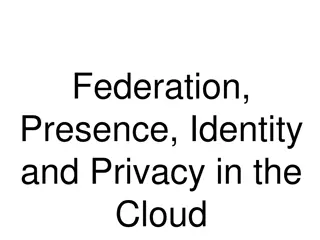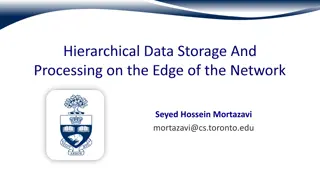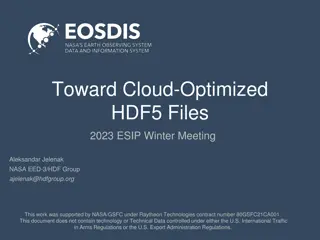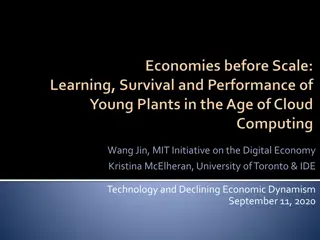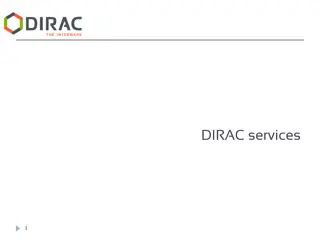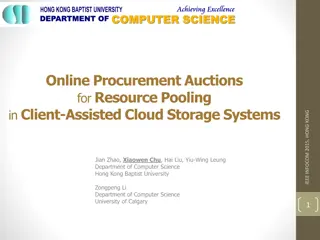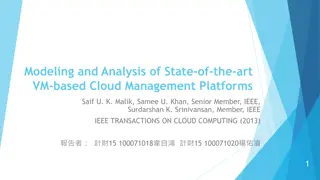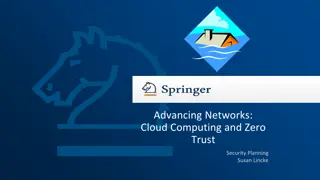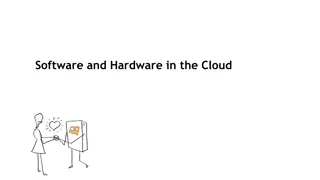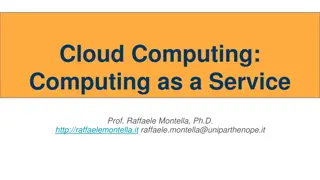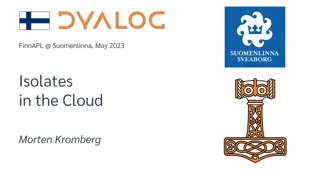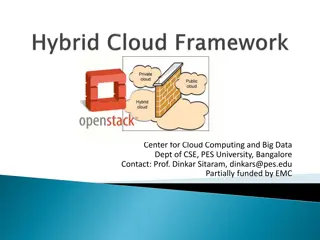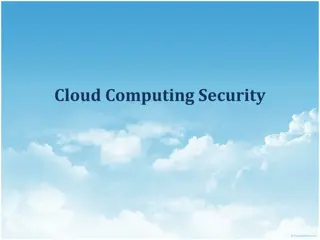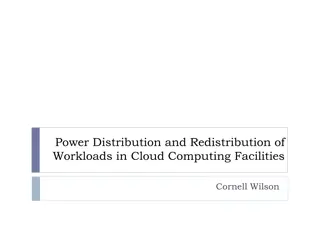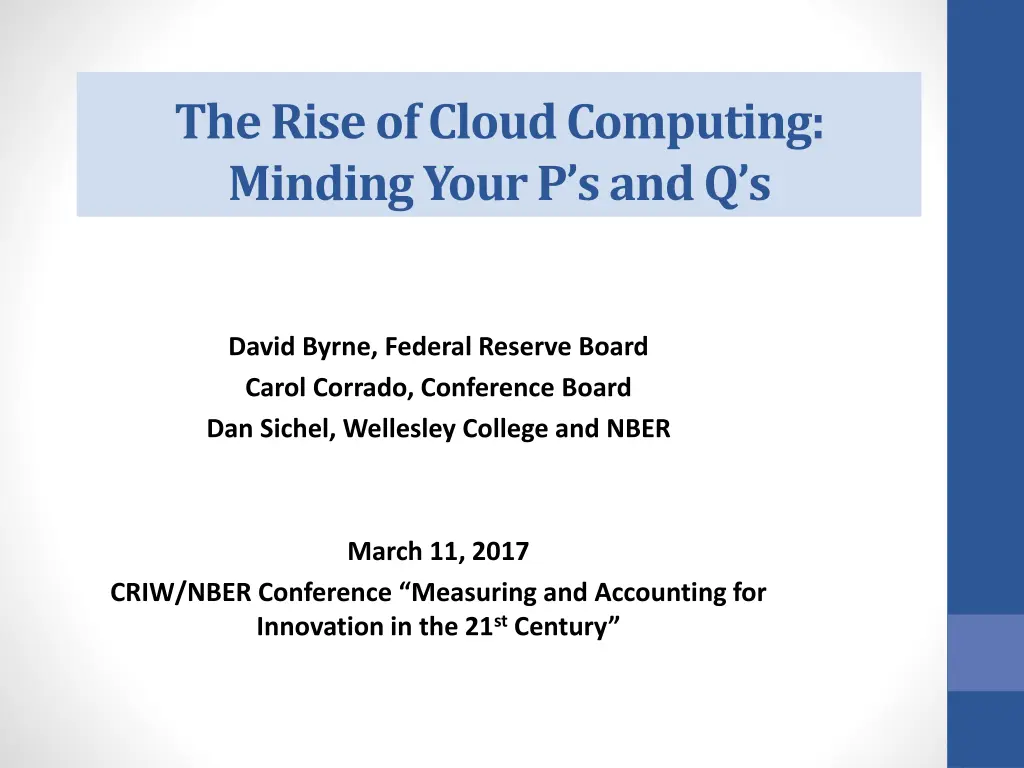
Understanding Cloud Computing: Innovations and Challenges
Explore the rise of cloud computing and the challenges it presents to national accountants and economists. Dive into the classifications of cloud service products, data on prices, and the importance of measuring Ps and Qs in the cloud economy.
Uploaded on | 2 Views
Download Presentation

Please find below an Image/Link to download the presentation.
The content on the website is provided AS IS for your information and personal use only. It may not be sold, licensed, or shared on other websites without obtaining consent from the author. If you encounter any issues during the download, it is possible that the publisher has removed the file from their server.
You are allowed to download the files provided on this website for personal or commercial use, subject to the condition that they are used lawfully. All files are the property of their respective owners.
The content on the website is provided AS IS for your information and personal use only. It may not be sold, licensed, or shared on other websites without obtaining consent from the author.
E N D
Presentation Transcript
The Rise of Cloud Computing: Minding Your P s and Q s David Byrne, Federal Reserve Board Carol Corrado, Conference Board Dan Sichel, Wellesley College and NBER March 11, 2017 CRIW/NBER Conference Measuring and Accounting for Innovation in the 21stCentury
Our paper in 17-syllable Haiku Cloud grows super fast Hard to measure P s and Q s Let us not miss it
Summary National accountants and economists need to get a handle on nomenclature and classifications for cloud. Prices of cloud service products have been falling rapidly, especially since the beginning of 2014 GDP may be missing some cloud-related investment
Definition of the Cloud (NIST, 2011) Cloud computing is a model for enabling ubiquitous, convenient, on-demand network access to a shared pool of configurable computing resources that can be rapidly provisioned and released
Classifications: Cloud Service Products Infrastructure as a service (IaaS) Platform as a service (PaaS) Function as service (FaaS) Software as a service (SaaS) Focusing on business purchases so mostly intermediate input of purchased services
Ps and Qs of the Cloud Start with P s
Data for Prices Collected prices and characteristics for cloud service products Products Compute (renting virtual machines) Storage (renting storage in the cloud) Database (running user-developed applications on database software in cloud) Vendors Amazon Web Services (AWS), began posting prices 2009 Microsoft Azure, began posting prices early 2014 Google Cloud, began posting prices late 2014 Web scraped using Web Archive ( Wayback Machine)
Data for Prices For AWS from 2009:Q1 to 2016:Q4 Product # Price observations Compute (EC2) 4,079 Database (RDS) 5,340 Storage (S3) 445
Methodology Compute and Database: Hedonic adjacent-quarter regressions Storage: Matched-model
Prices of AWS Cloud Service Products (percent change, annual rate) 2009:Q1-2013:Q4 2014:Q1-2016:Q4 Compute -5.1 -10.5 -3.3* Database -22.6 Storage -12.1 -25.1 * Sample for RDS starts 2010:Q2
Qs for the Cloud By many measures, cloud has exploded
Capital Expenditures by IT Service Providers has rocketed Puzzling, given weak IT investment in official data
Possible Resolution: Own-Account Investment by IT Service Providers Very large purchases of electronic components by IT service providers ($58.6 billion in 2015) Likely building own servers and equipment If so, significant amount of own-account investment Could amount to $117 billion nominal in 2015 Would boost real GDP growth from 2005 to 2015 by 0.05 percentage point a year
Conclusion Developing nomenclature and classification for cloud is important Prices for cloud service products have fallen rapidly, especially since 2014 Provides additional evidence that innovation in tech sector continues to be very rapid GDP may be missing significant amount of own- account investment in ICT by cloud service providers

